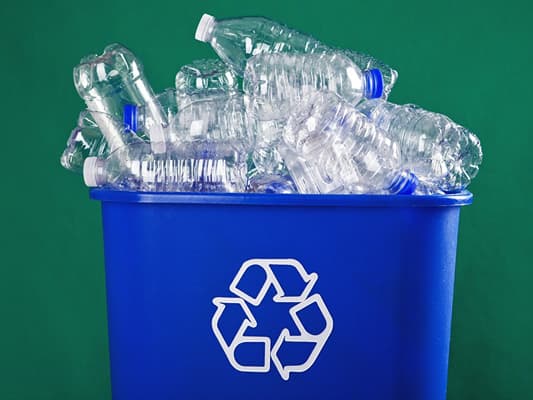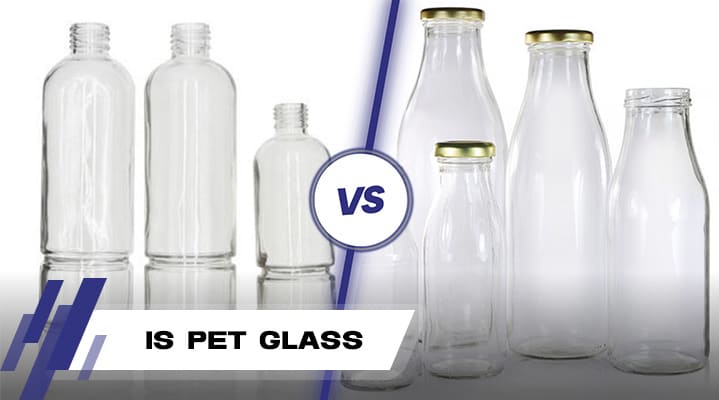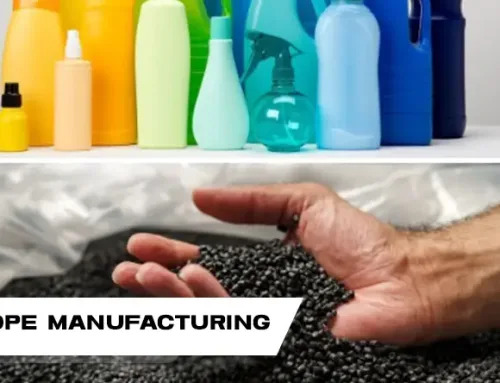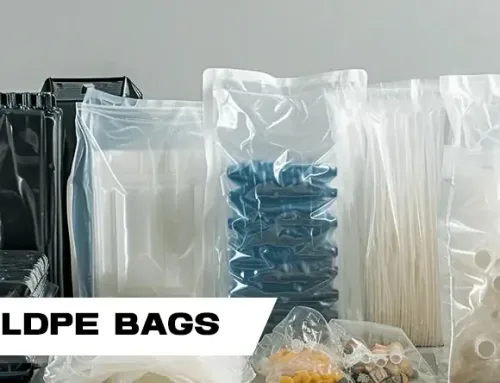In the realm of packaging materials, a frequent question emerges: Is PET plastic or glass? The definitive answer is that PET, or polyethylene terephthalate, is a type of plastic, not glass. This lightweight, durable polymer is extensively used across various applications, particularly in the food and beverage packaging industry. Its versatility and strength make it a preferred option for both manufacturers and consumers, presenting a practical and efficient alternative to conventional glass containers.
What is PET?
Polyethylene terephthalate, commonly known as PET, is synthesized from ethylene glycol and terephthalic acid. This process results in hard plastic pellets that can be melted and molded into a variety of shapes. PET is characterized by its clarity, strength, and flexibility, making it suitable for numerous packaging solutions, including bottles for soft drinks, water, and various food items. It is identifiable by the recycling code #1, which signifies its status as one of the most recycled plastics globally.
Properties of PET
PET possesses several advantageous properties:
- Lightweight: Compared to glass, PET is significantly lighter, making it easier and more cost-effective to transport.
- Shatterproof: PET plastic is shatterproof, making it simpler and safer to handle. Unlike glass, which can break easily, PET is designed to withstand impacts without shattering.
- Effective Oxygen Barrier: PET plastic creates a more effective oxygen barrier than glass and is easier to reseal. Products packaged in PET are likely to last longer than those in glass.
- Chemical resistance: PET does not react with food or beverages, ensuring safety and stability in packaging.
- Recyclability: PET is fully recyclable and is the most recycled plastic in the U.S., with over 1.5 billion pounds recovered annually for reuse.
These properties contribute to PET’s popularity in various industries beyond just food and beverage packaging. It is also used in textiles (as polyester), automotive parts, and electrical components.
pet plastic vs glass: A Comparison
While both PET and glass are commonly used for packaging, they have distinct differences that influence their applications:
| Feature | PET | Glass |
|---|---|---|
| Weight | Lightweight | Heavier |
| Durability | Shatter-resistant | Fragile |
| Production Energy | Lower energy consumption | Higher energy consumption |
| Recyclability | Highly recyclable | Recyclable but less efficient |
| Cost | Generally lower | Higher |
The production of glass requires significantly more energy due to the high melting point of sand (around 1700°C), while PET can be produced with much less energy input. For example, producing 1,000 glass bottles consumes approximately 8,910 megajoules compared to only 7,458 megajoules for an equivalent number of PET bottles.
Moreover, the weight difference means that more PET containers can fit into transport vehicles compared to glass containers, leading to reduced carbon emissions during transportation.
Sustainability Considerations
While glass has long been perceived as the more sustainable option due to its natural composition and recyclability, recent analyses suggest that PET may offer significant environmental advantages. The energy required for manufacturing and transporting PET is generally lower than that for glass. Additionally, when considering the lifecycle impacts—including production emissions and transportation costs—PET can sometimes present a smaller carbon footprint than glass.

One user shared an interesting perspective on the debate between PET and glass bottles:
A PET bottles are cheaper than glass. They also can stand lots more rough handling.
You want your food in once-use bottles; you can’t be sure those refilled glass bottles the guys hock their honey in are so clean.
I used to work in a beverage company that reused glass bottles. Sometimes, you will find unmentionables inside the glass bottles. Knowing that, I am for a virgin container.
And you can squeeze all the honey out of them.
Is pet plastic or glass bottles
PET plastic bottles are lightweight, recyclable, and have lower production energy requirements compared to glass, making them efficient for transportation. However, they can degrade in quality when recycled. Glass bottles, made from natural materials, are also fully recyclable without losing quality and do not leach chemicals, ensuring food safety. While glass is often seen as a premium choice, its heavier weight can increase transportation costs and emissions. The decision between PET and glass depends on environmental impact, consumer preferences, and product needs.
conclusion
In conclusion, while both materials have their merits depending on the application context, it is essential to recognize that PET is not glass; rather, it is a versatile plastic with unique benefits that often make it preferable for modern packaging needs. So when asking is PET glass? the answer remains firmly in the realm of plastics. Its lightweight nature, durability, effective oxygen barrier properties, and recyclability position it as a leading choice in many industries today.






Leave A Comment